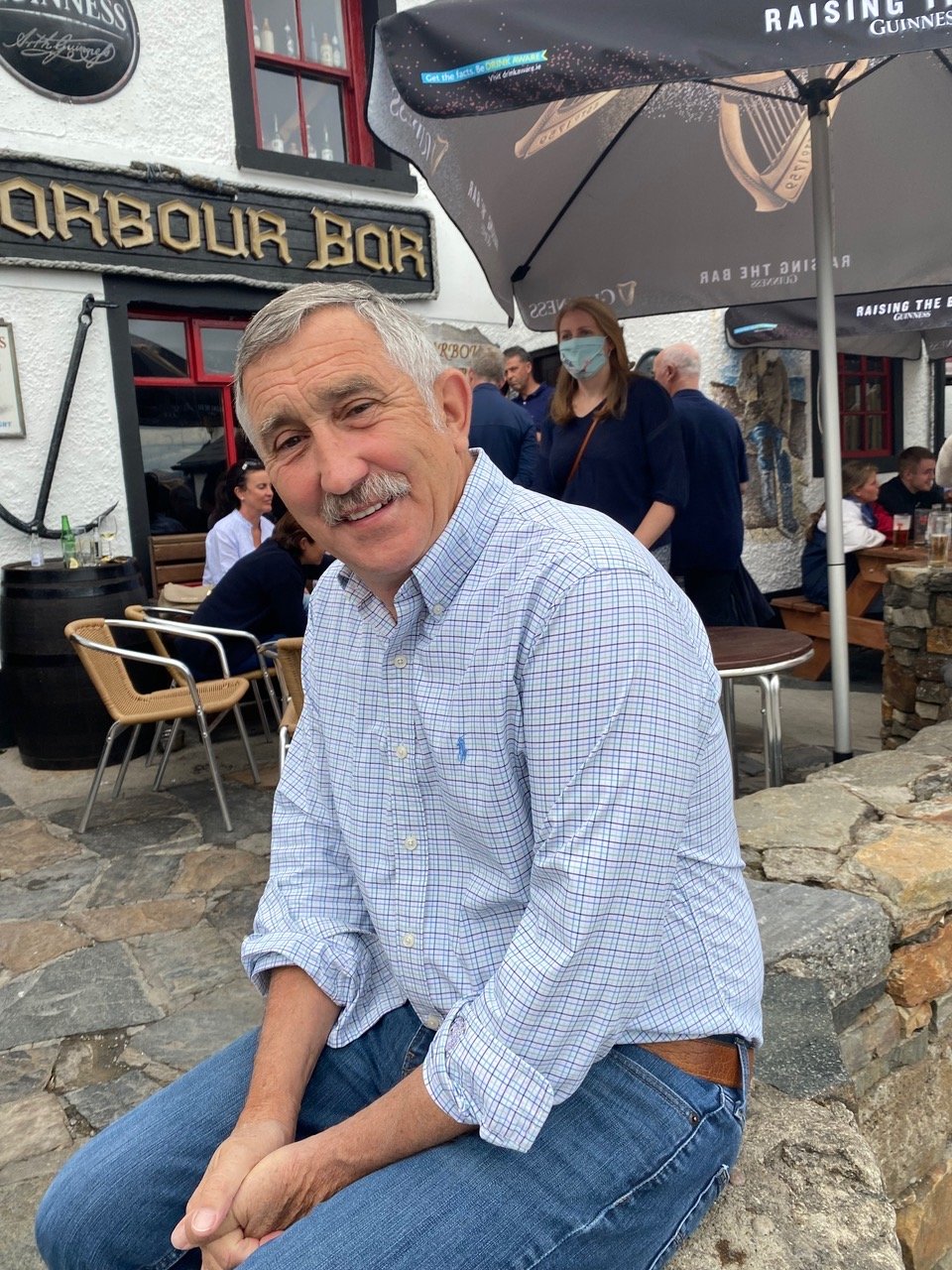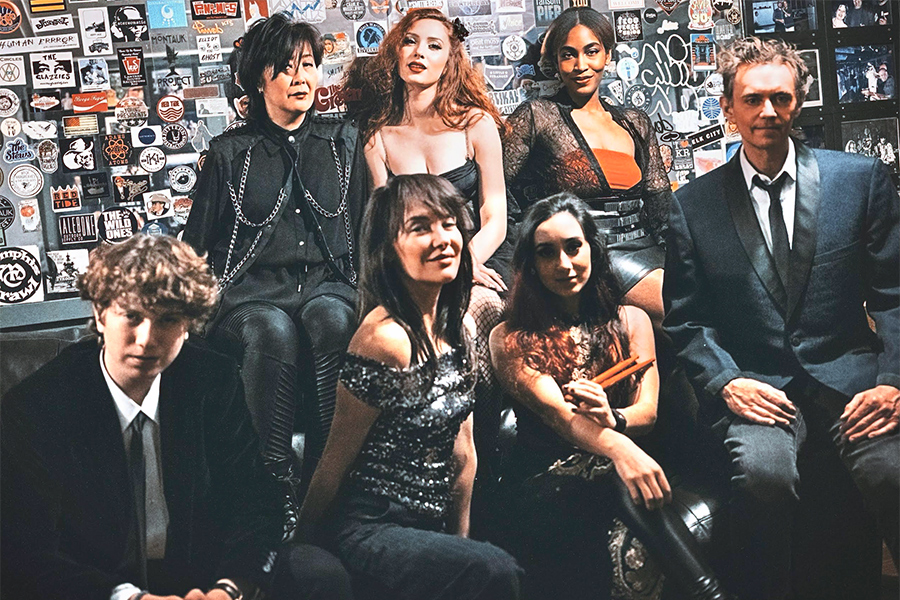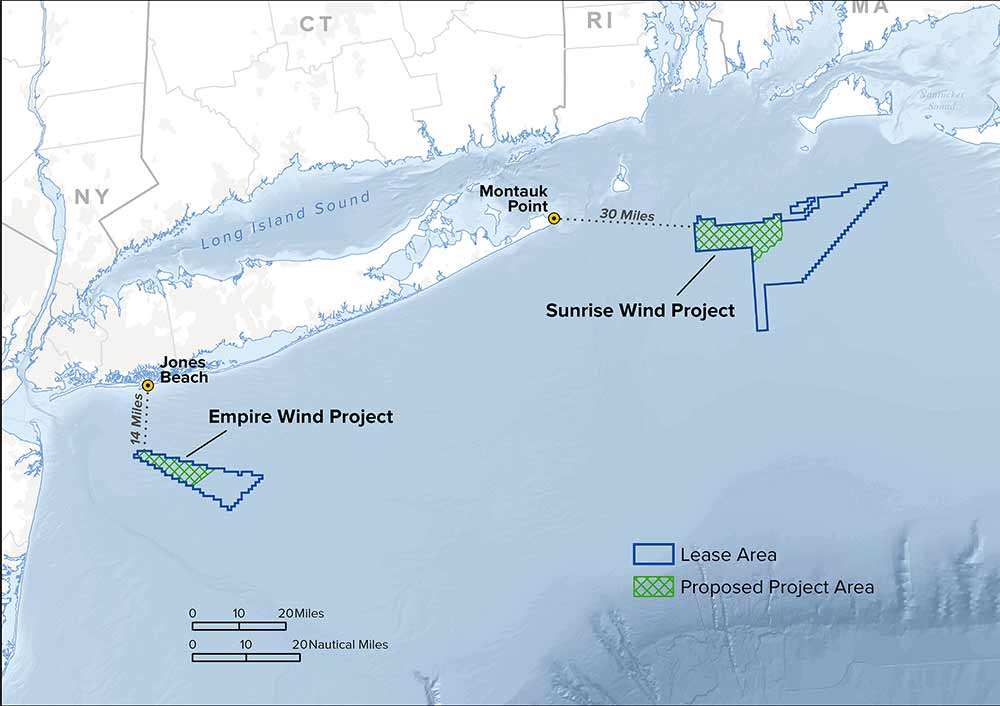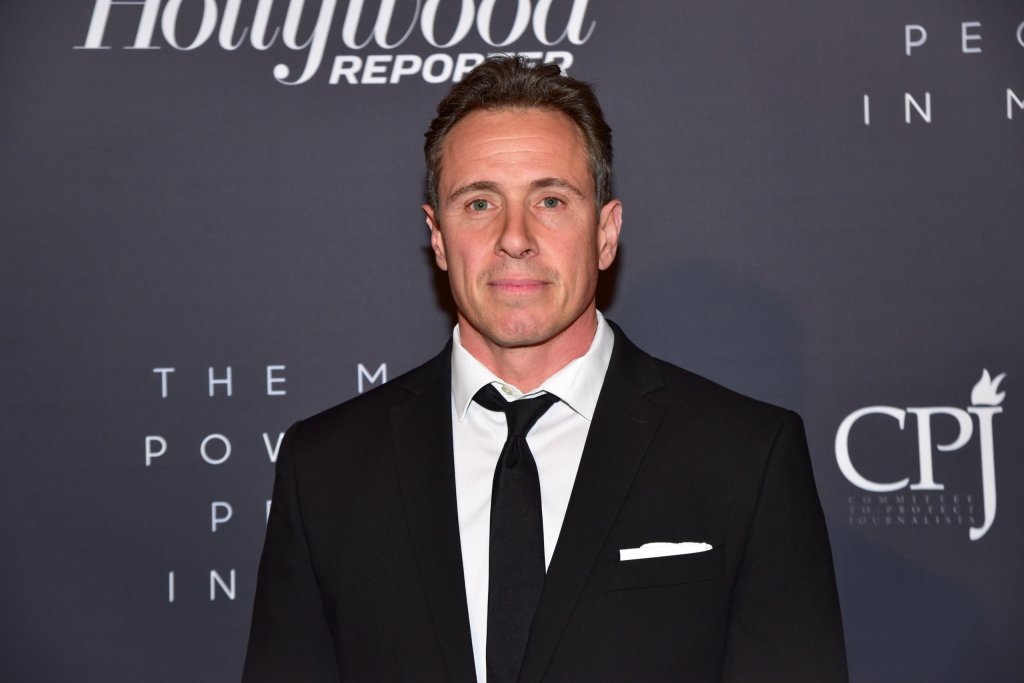Emerald Enclave: How Irish Immigrants Came to Call Montauk Home
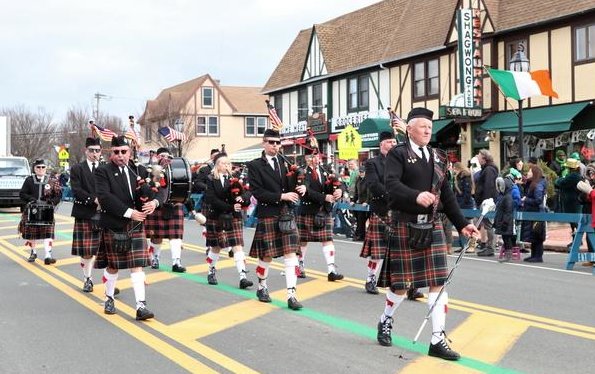
Whether you’re knocking back a pint at the Shagwong Tavern, savoring a lobster roll at Gosman’s or channeling Mick and Keith for an Instagram moment at the Memory Motel, it’s tough to spend a day in Montauk without hearing an Irish brogue — especially in the summer.
The flow of Irish students and summer workers into Montauk has slowed down since its heyday in the 1970s and ’80s. But even today, the snippets of conversation you overhear around the community sometimes sound like they blew in on the wind from County Cork rather than Suffolk County.
To get a sense of Irish history in the hamlet, the Montauk Friends of Erin is a good place to start. Founded by a group of Irish families (dubbed “the original 12”) in 1961 to celebrate their ancestry, the Friends of Erin have staged the Montauk St. Patrick’s Day Parade for the last six decades. If you’re a part of the Irish-American scene in Montauk, you’re probably tied in with the Friends of Erin in one way or another.
Set for this March 26, the parade has become one of the largest celebrations of Irish heritage in the New York area, attracting up to 40,000 attendees a year.
Mary Gosman, matriarch of the family that owned Gosman’s Restaurant and Dock and built the sprawling complex into a must-visit tourist destination, was a grand marshal of the parade back in 1982. Many amateur historians in the hamlet will tell you that Gosman and her extended network of family and friends were a nexus for the influx of Irish students and workers, some of whom ultimately settled in the community and left an indelible mark on Montauk culture.
“Mary Gosman and her nieces and nephews were definitely responsible for a lot of Irish coming to Montauk,” says Jimmy Grimes, a lifelong Montauk resident and the grand marshal of this year’s parade. “They came over and worked at Gosman’s and other places around town. And that led to many of them staying, starting families, opening businesses and assimilating into the community.”
Eddie Kenny has owned and operated the legendary Kenny’s Tipperary Inn in Montauk since 1963, and his family has lived in the hamlet since the early 1950s. Kenny believes that Mary Gosman’s family was the single most significant catalyst for the waves of young Irish who traveled to the area every summer beginning in the late 1960s.
Like any good Irish tale told over a pint of Guinness, the details can meander around for a while before the story gets where it needs to go. But the gist of Kenny’s argument goes something like this:
“David Quigley and Val Harrington, who were nephews of Mary Gosman, came over from a town called Boyle in County Roscommon in the late ’60s to work at Gosman’s,” Kenny explains. “Val Harrington became the head chef at Gosman’s when the restaurant was in its heyday, serving thousands of dinners a night. I worked with him there as a line cook. Val would work the whole season in Montauk, then in the winter, he’d go back to Ireland. I’d go back with him, and we’d go on a pub crawl for three months.”
When Kenny and Harrington would travel back to Ireland to hit the pubs and play pool during the winter, Harrington’s position as the head chef of a successful restaurant in New York made him something of a legend in his hometown of Boyle and its surrounding counties.
The way Kenny tells it, the massive numbers of students and travelers that asked Kenny and Harrington for help getting summer work created a ripple effect of travel between Ireland and Montauk that grew exponentially over the decades.
Eddie Kenny, Mary Gosman, Val Harrington and their extended family undoubtedly played outsize roles in the story of the Irish in Montauk. So too, did the J1 Visa program — and a Massachusetts congressman named Brian Donnelly.
The J1 Visa program was created in 1961 to help strengthen international relations with the United States through job training and educational experience. Thousands of J1s were made available in participating countries, and with the help of an informal American sponsorship network, Irish citizens always managed to commandeer at least their fair share of the coveted work visas.
Irish Americans of a certain age are probably familiar with a former Massachusetts congressman named Brian Donnelly, who passed away on February 28 of this year. Contentiously negotiated in Congress in 1986 by Donnelly with the help of then-Speaker of the House Tip O’Neill, the “Donnelly Visa” program helped thousands of Irish who had been living illegally in the United States to secure green cards, and ultimately, to gain American citizenship.
“In 1986 or 1987, you had a bunch of Irish who came here who were not J1 people at all,” notes Grimes. “They were a reflection of a lack of work in Ireland. They came over here on visitor’s visas, and in some cases they overstayed them and didn’t leave.
“In many cases, the J1 people went back, finished college, did whatever they did and moved on with their lives,” Grimes continues. “But there was also a pretty good sized group of Irish who came here and ultimately got what came to be known as the ‘Donnely green card.’”
Cut back to the late 1960s. Eddie Kenny is shooting pool in an Irish pub in County Roscommon. He’s being bombarded with requests from friends to help them get work visas and summer jobs in Montauk.
Kenny’s response: “Sure, come on over. We’ll take care of you.”
Val Harrington, his friend and traveling companion, issues a strong rebuke: “Eddie, you don’t understand,” Harrington says. “If you tell one person to come, the whole country is gonna end up in Montauk.”
If Eddie Kenny had kept his mouth shut, who knows what Irish culture in Montauk might look like today?
